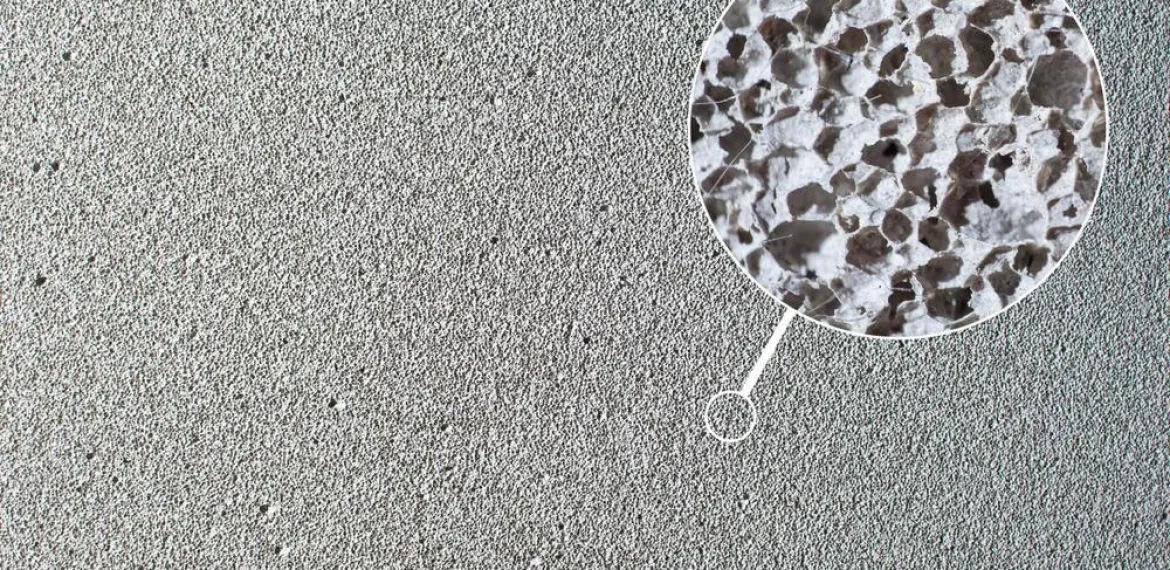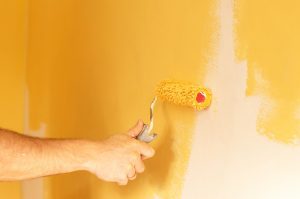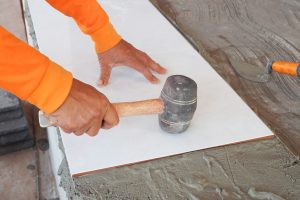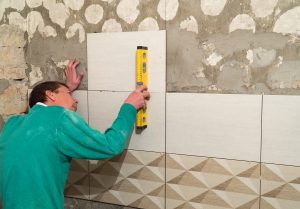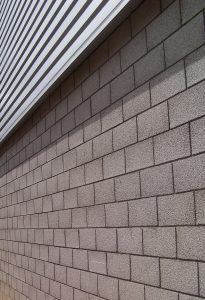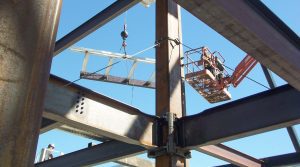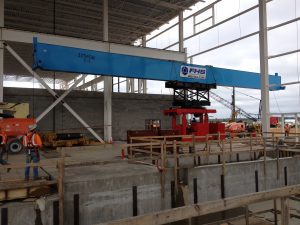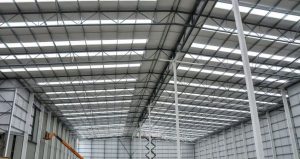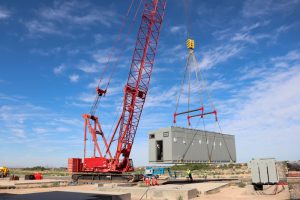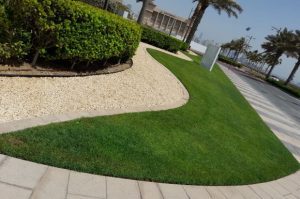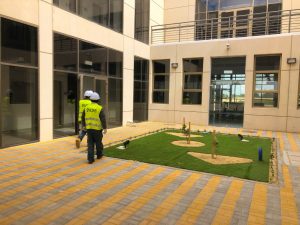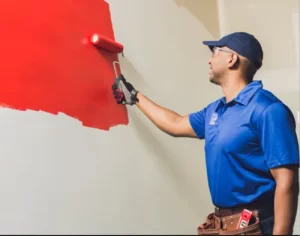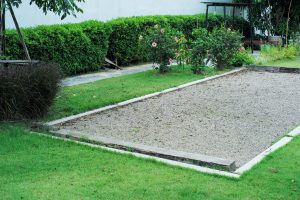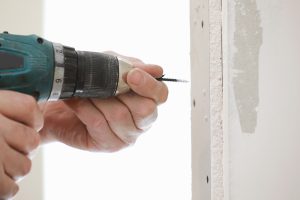The amount of air that is entrained is what sets foam concrete apart from air-entrained concrete. Three to eight percent of air is absorbed by air-entrained concrete. Similar to how the proportion of air entrained differentiates aerated concrete from retarded mortar, this is what sets this material apart from both. With retarded mortar systems, the figure is between 15 and 22 percent. Aerated concrete has bubbles produced in it by a chemical process.
Foam Concrete: A Brief History
Foamed concrete has been around for a while, with its first application recorded in 1923. Its first and most common application was as insulation.There have been significant advancements in both manufacturing equipment and the quality of foam forming agents during the past 20 years, allowing for the widespread use of foam concrete.
Production of Foam Concrete
Foam concrete is made by diluting a surfactant in water and running the mixture through a foam generator to create a stable foam. By combining the foam with the cementitious mortar or grout, the desired density may be achieved.It’s worth noting that these surfactants are also used in the creation of low-density fillers. Also known as “controlled low strength material” (CLSM). Here, the foam is injected straight into a mixture that is low in cement but high in sand in order to achieve an air content of 15 to 25 percent. It is important to remember that some manufacturers sell low-density fillers disguised as foamed concrete.
Methods of Foam Concrete Production
In order to create foamed concrete, two primary processes are used:
Inline Method of Foam Concrete Production
Cement and sand are combined to make the unit’s foundation. To create the foam, the mixture is fully combined in this unit. Control is exercised during the mixing procedure. Incorporating higher amounts of ingredients will be easier with this. There are two stages to the inline procedure:
Wet Method of Inline System
Materials utilized in the wet process will have a higher moisture content. The base material and the foam are fed through a succession of static inline mixers, where they are thoroughly combined. The density of the entire mixture may be checked in real time with the help of the onboard density meter. There is no correlation between the production volume and the ready-mixed truck type or size. Foamed concrete with a density of 500kg/m3 would require 35m3 of base material or one delivery.
Dry Method of Inline System
In this case, dry products are used. They’re stored in the ship’s silos. Once on board, they are put through accurate scales and blended using the onboard equipment. The resulting base mixture is pumped into a separate mixing chamber.
Foam is added to the wet mixture in the wet technique of making foam concrete. A lot of water is used in this process to facilitate the mixing. A single load of cement or fly ash blend may create 130 cubic meters of foamed concrete.
Pre-Foam Method of Foam Concrete Production
The foundation material is delivered by a ready-mix truck. At the same time as the mixer is turning, the pre-formed foam is injected into the truck through the opposite end. As a result, foam concrete may be made in very small volumes for use in applications such as grouting and trench fill.
Foam concrete with densities between 300 and 1200 kg/m3 might be produced using this approach. From twenty percent to sixty percent air will be added to the foam. By adjusting the quantity of the other foundation material, the ultimate volume of the foam may be determined. Since this happens inside the vehicle.
It’s challenging to maintain constant air pressure and air density with this approach. So, it’s important to set a range for acceptable under and over yield. After the foam has been created, it is mixed with a cement mortar mix that has a water-to-cement ratio of 0.4 to 0.6. Foam instabilities occur when mortar is moist. Pre-foam might be difficult to mix if it’s too dry.
Conclusion
Insulation in the form of precast blocks of foam concrete is commonly used in the construction of roofs, walls, and floors. Sand, cement, and foam, which are denser and more structurally robust, are ideal for this purpose.Foam concrete’s flexibility and permeability make it a smart material for filling cavities of varying sizes. Anything from unused pipework to a cellar or basement that has seen better days needs a filler.

